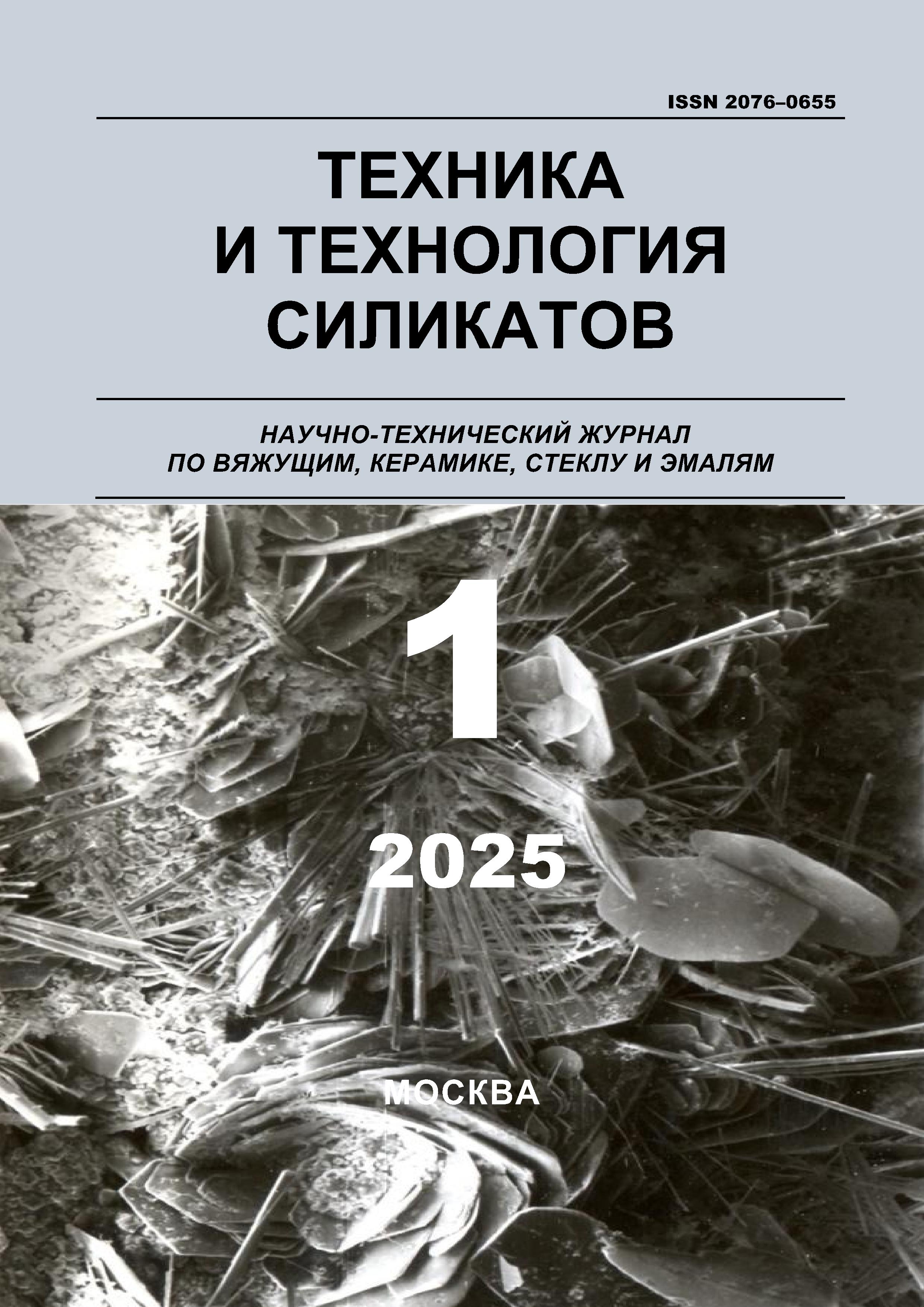employee
Moscow, Moscow, Russian Federation
Moscow, Moscow, Russian Federation
UDC 691.32
CSCSTI 67.09
Russian Classification of Professions by Education 08.06.01
Russian Library and Bibliographic Classification 383
Russian Trade and Bibliographic Classification 602
The development of concrete with predefined properties makes it possible to solve most structural design challenges. The use of glass composite fiber as dispersed reinforcement in heavy concrete allows the production of materials not only with enhanced performance characteristics and increased fracture toughness, but also with special properties such as radio transparency and elevated dielectric strength. In this study, the physical, mechanical, and energy-related properties of fiber-reinforced concrete containing glass composite fiber were evaluated. Using an orthogonal central composite design (CCD), four response functions were obtained based on formulation parameters of dispersed-reinforced concrete. Analysis of these functions revealed optimal values for both the concentration and geometric parameters of the glass com-posite fiber. From the standpoint of tensile-compressive strength, the optimal composition includes straight fibers with a helix pitch of 4 mm and a volumetric content of 2%. In terms of energy characteristics, the optimum is achieved with straight fibers having a helix pitch of 5.5 mm and a fiber content of 1.8–2.0%. In this case, the energy required for specimen fracture increases by more than twofold compared to the minimum values of the response function within the experimental range.
fiber, glass composite macrofiber, fiber-reinforced concrete, residual tensile strength, design of experiments
1. Yu.M. Bazhenov, Chernyshev E.M., Korotkih D.N. Konstruiro-vanie struktur sovremennyh betonov: opredelyayuschie princi-py i tehnologicheskie platformy // Stroitel'nye materialy. 2014. № 3. S. 6–14.
2. Tang J. et al. A Review on Multi-Scale Toughening and Regulat-ing Methods for Modern Concrete: From Toughening Theory to Practical Engineering Application // Research. 2024. Vol. 7. Pp. 0518. DOI:https://doi.org/10.34133/research.0518.
3. Yang W. et al. Effect of Glass Fiber on Flexural Performance of Gfrp-Rc Beams Under Sustained Loading and Alkaline Environ-ment: Experimental, Numerical and Analytical Investigations. 2024. DOI:https://doi.org/10.2139/ssrn.4712786.
4. Yuan H., Fan Y.C., You X.M., Fu B., Zou Q.Q. Pullout behavior of recycled macro fibers in the cementitious matrix: Analytical model and experimental validation // Composite Structures. 2024. Vol. 328. Pp. 117690. DOI:https://doi.org/10.1016/j.compstruct.2023.117690.
5. Hoffman I.S., Piva J.H., Wanderlind A., Antunes E.G.P. Rein-forced concrete beams coated with fiberglass-reinforced polymer-ic profiles as partial substitutes for the transverse reinforcement // Rev. IBRACON Estrut. Mater. 2020. Vol. 13, № 6. Pp. e13608. DOI:https://doi.org/10.1590/s1983-41952020000600008.
6. Barbhuiya S., Das B.B., Kanavaris F. A review of fracture prop-agation in concrete: fundamentals, experimental techniques, modelling and applications // Magazine of Concrete Research. 2024. Vol. 76, № 10. Pp. 482–514. DOI:https://doi.org/10.1680/jmacr.23.00143.
7. Sizyakov I.D., Veselov V.K. Vliyanie stekloplastikovoy fib-ry na svoystva betonnyh smesey // Tradicii i innovacii v stroitel'stve i arhitekture. Samara, 2024. S. 810–816.
8. Sizyakov I.D. Treschinostoykost' betona so stekloplastiko-voy i stal'noy fibroy // Inzhenernyy vestnik Dona. 2024. T. 5, № 113. S. 379–387.
9. Solov'ev V.G., Sizyakov I.D. Fiziko-mehanicheskie svoystva betonov so stekloplastikovoy fibroy // Sbornik materialov III Vserossiyskoy nauchnoy konferencii, posvyaschennoy devya-nostoletiyu kafedry Stroitel'nogo materialovedeniya. Moskva: Nacional'nyy issledovatel'skiy Moskovskiy gosu-darstvennyy stroitel'nyy universitet, 2023. S. 278–283.
10. Hozin V.G., Gizdatullin A.R. Sovmestimost' polimerkom-pozitnoy armatury s cementnym betonom v konstrukciyah // Stroitel'nye materialy. 2017. № 11. S. 30–38.
11. Başsürücü M., Fenerli̇ C., Kina C., Akbaş Ş.D. Effect of Fiber Type, Shape and Volume Fraction on Mechanical and Flexural Properties of Concrete // Journal of Sustainable Construction Materials and Technologies. 2022. Vol. 7, № 3. Pp. 158–171. DOI:https://doi.org/10.47481/jscmt.1137088.
12. Abd Elmoaty A.E.M., Morsy A.M., Harraz A.B. Effect of Fiber Type and Volume Fraction on Fiber Reinforced Concrete and Engineered Cementitious Composite Mechanical Properties // Buildings. 2022. Vol. 12, № 12. Pp. 2108. DOI:https://doi.org/10.3390/buildings12122108.
13. Aleksandrova O.V., Maceevich T.A., Kir'yanova L.V., Solov'-ev V.G. Statisticheskie metody resheniya tehnologicheskih za-dach: uchebnoe posobie. Moskva: NIU MGSU, 2017. 154 s.
14. Zadorozhnaya E.A. Teoriya planirovaniya eksperimenta. Che-lyabinsk: Izdatel'skiy centr YuUrGU, 2018. 92 s.
15. Dvorkin L.I., Koval'chuk T.V. Proektirovanie sostavov fibrobetona s ispol'zovaniem eksperimental'no-statisticheskih modeley // Tehnologii betonov. 2016. № 11–12. S. 29–35.









